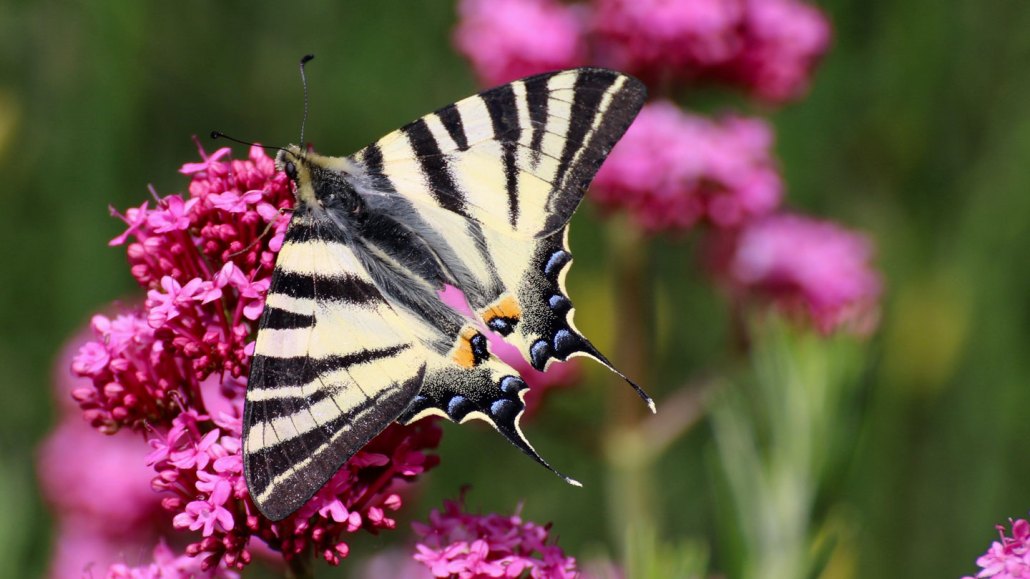
The sail swallowtail (Iphiclides podalirius) has tail-like projections on its hind wings that may divert attacking birds away from the butterfly’s vital parts.
Caroline Gauvin/Moment/Getty Images Plus

The sail swallowtail (Iphiclides podalirius) has tail-like projections on its hind wings that may divert attacking birds away from the butterfly’s vital parts.
Caroline Gauvin/Moment/Getty Images Plus